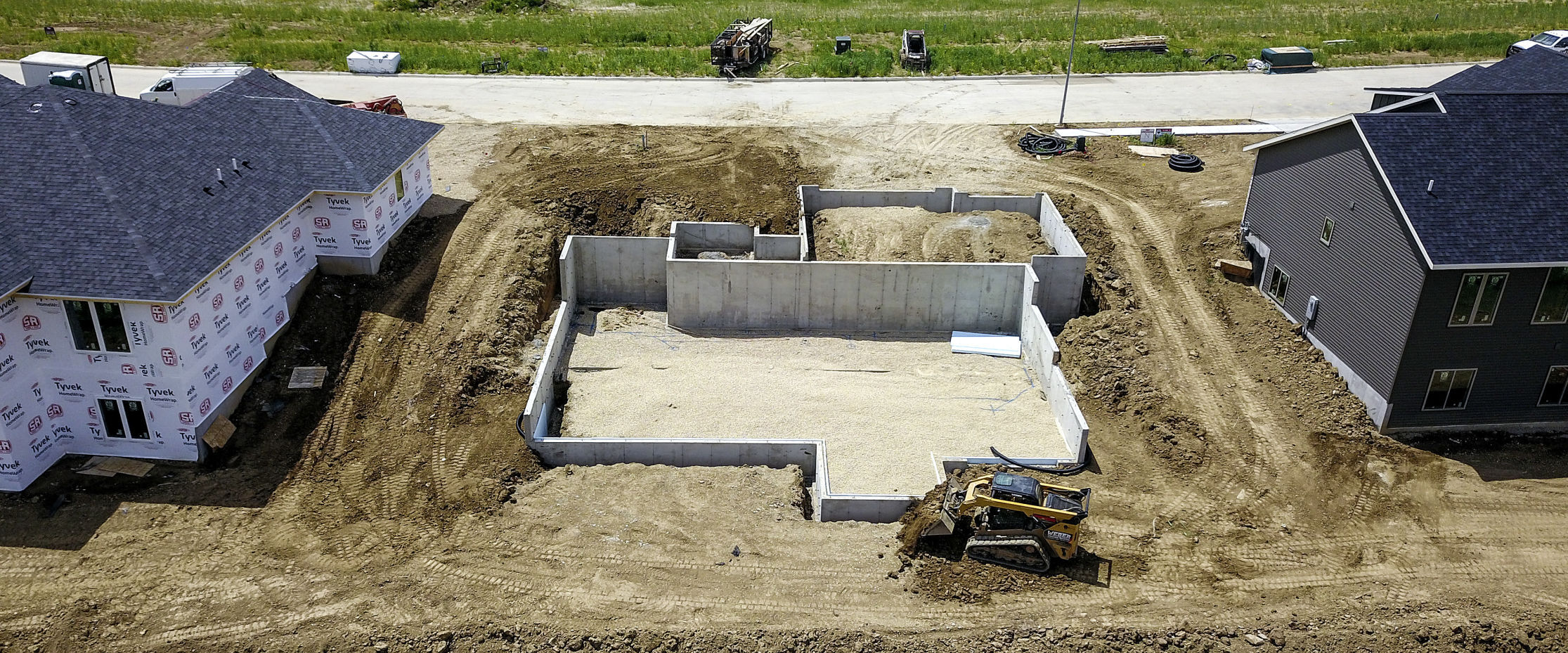Despite increasing material costs and growing price volatility, new home construction in the Dubuque area in 2021 is expected to keep pace with previous years.
Tony Nadermann, who co-owns Nadermann Development in Dubuque, said demand for new homes remains strong, despite upward pressure on many of the core materials used to build them.
“If you had a house that you just finished building and put it on the market now, you can expect multiple offers in the first few days,” he said.
This persistent demand has led to steady sales and, in turn, the consistent construction of new homes in the local market.
Sherry Spahn, president of East Central Iowa Association of Realtors, said 20 “new-construction properties” already have been sold this year in the Dubuque area, while 23 other sales are pending.
That puts the region — which includes Dubuque and surrounding communities — on pace with the new construction sales in the previous three years. In 2020, the area had 82 such sales; in 2019, 79 sales; and in 2018, 81 sales.
This is occurring despite the steadily rising cost of inputs.
Nadermann said costs for “sheet goods” such as plywood and drywall continue to escalate, as has the price of dimensional lumber used for studs and roof trusses. Builders also have seen cost increases for fasteners, HVAC supplies, wiring and “anything with metal in it,” according to Nadermann.
These rising costs have put upward pressure on the price of new homes. But Nadermann said this hasn’t dissuaded prospective buyers, primarily due to the low interest rates and a lack of inventory in the real estate market as a whole.
The former factor has made home purchases that would otherwise be exorbitant seem reasonable, he explained.
“A lot of the demand goes back to interest rates,” he said. “If you took the interest rate from a sale a couple years ago — when it was up around 3.875% — you can buy a house at the current interest rate that is $100,000 more and have the exact same payment.”
While demand remains for new homes, local Realtors acknowledge that buying new construction isn’t a simple process.
“It’s a scary time to build. No doubt about it,” said Ron McCarthy, of American Realty in Dubuque. “But that doesn’t mean it has come to a screeching halt.”
Nadermann explained that some kinds of new homes come with greater risk than others.
Building a “spec home” is still a relatively safe option. Under this approach, a builder will create a home based on its own specifications and then choose when to sell it to a buyer — sometimes midway through the building process, and sometimes after the home is completed.
Building a custom home — designed to meet a specific buyer’s needs — can be a riskier proposition now.
Nadermann explained that a homebuilder runs the risk of establishing a contract with a buyer, only to find that material costs have risen dramatically a couple of months down the road.
“If you agree to a contract, then go to purchase materials a couple months later, you can find that costs have gone up 10% to 20%,” he said. “That can eat into your (bottom line.)”
McCarthy noted that most developers are choosing to move forward with projects, largely based on the belief that costs will continue to rise in the future. Many in the business, he explained, think it would be foolhardy to sit out the market now when prices are expected to keep rising in the months and years ahead.
Some buyers, on the other hand, have been dissuaded by the steady uptick in costs.
“There are some buyers who have backed out,” McCarthy said. “They decided to buy a house last fall and start construction in the spring, but then they saw the prices going up and decided not to go forward with it. They said, ‘This is not what I budgeted for.’”
A third of the way through the year, Spahn said the overall real estate market still is defined by low supply.
“In the past, when I have been assisting buyers, I would do a search for properties that meet their criteria and there would be a fair amount of properties to choose from,” she said. “Just a couple weeks ago, I did a search of homes in the $150 to $250 (thousand) range, and there were only seven properties on the market.”
Spahn said this has created a “sellers’ market.”
“That means there is going to be a lot of demand for your home and a lot of showings right off the bat,” she said.


